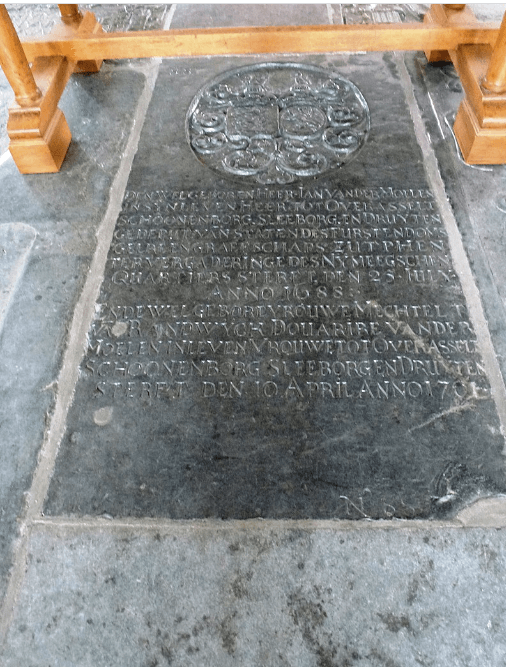Cemeteries are a rich tapestry of history, art, and remembrance. Within these sacred grounds, one can find a variety of grave markers that reflect different eras and cultural traditions. Among these, the ledger grave marker stands out as a unique and captivating memorial. In this article, we explore the significance and characteristics of the ledger grave marker.
What is a Ledger Grave Marker?
A ledger grave marker, also known as a ledger stone or ledger slab, is a type of horizontal monument that covers the entire grave. It resembles a large ledger or stone tablet placed on the ground, extending over the burial site. Typically made of durable materials such as granite, marble, or slate, these markers provide a flat surface for inscriptions, often showcasing detailed engravings of the deceased’s information, epitaphs, and symbols of personal significance.

Historical Origins
The origins of ledger grave markers can be traced back to medieval times when they were primarily used by the nobility and wealthy individuals. Originally, these markers were placed within church floors, covering burial vaults beneath. Over time, their usage transitioned to open-air cemeteries, where they became popular among those seeking a more substantial and visually striking memorial option.

Characteristics and Symbolism
Ledger grave markers offer a wide expanse for personalization and artistic expression. They can be rectangular or shaped to fit the contours of the burial site. The inscriptions and designs engraved on ledger markers often reflect the individual’s life, accomplishments, and personal beliefs. Additionally, religious symbols, floral motifs, or family crests may adorn the surface, adding further meaning and remembrance.
Preservation Challenges and Restoration Efforts
Due to their horizontal placement, ledger grave markers are susceptible to weathering, erosion, and damage from environmental factors. Over time, the inscriptions and engravings may become illegible or worn away. Recognizing the historical value of these markers, preservationists and cemetery caretakers are making concerted efforts to restore and protect ledger grave markers through cleaning, conservation treatments, and education.
Conclusion
The ledger grave marker stands as a testament to the individual buried beneath, capturing their essence and preserving their memory for future generations. These horizontal monuments offer a unique and visually striking alternative to traditional headstones, showcasing the artistry and personal narratives of those who rest beneath. With ongoing preservation efforts, these historic markers continue to enrich our understanding of the past and the diverse cultures that shaped it.

